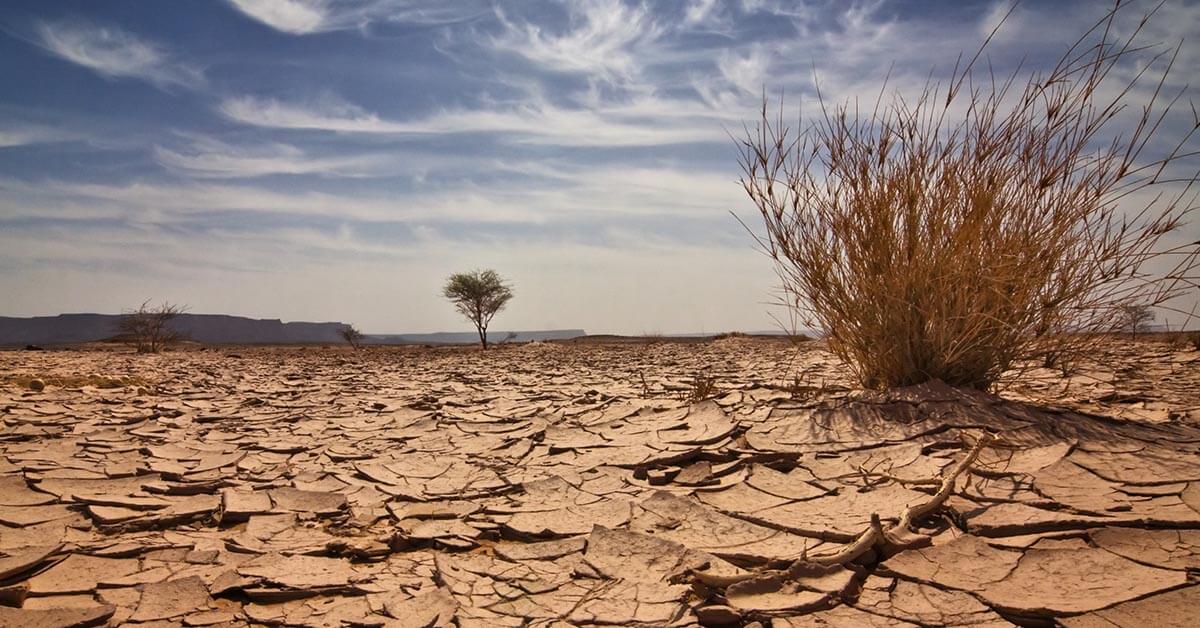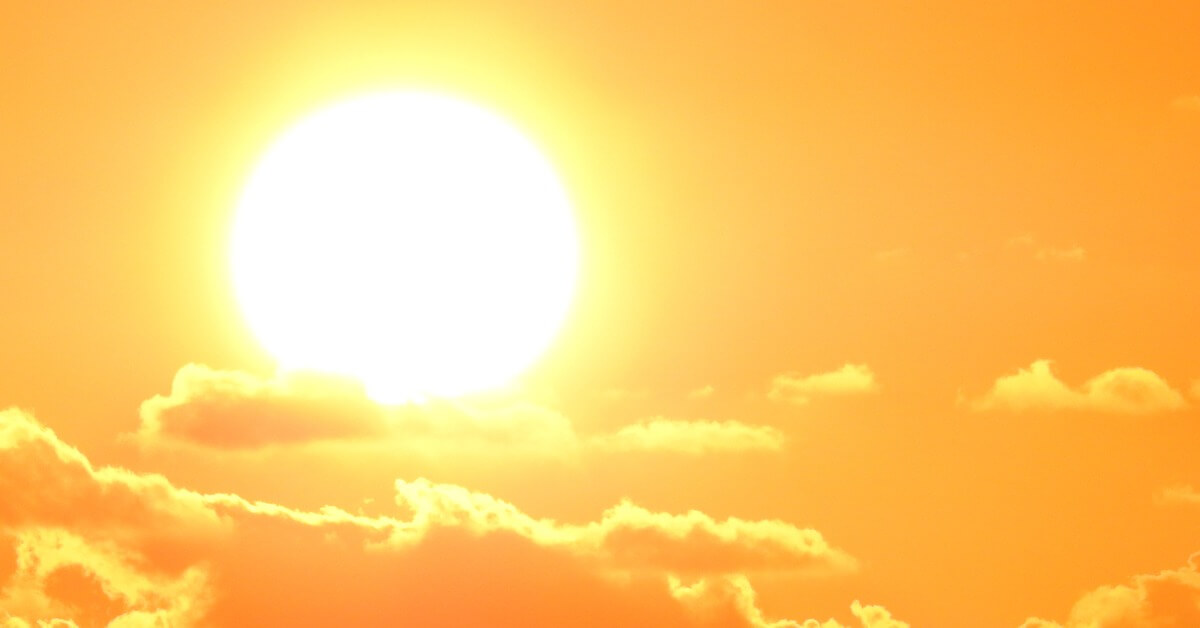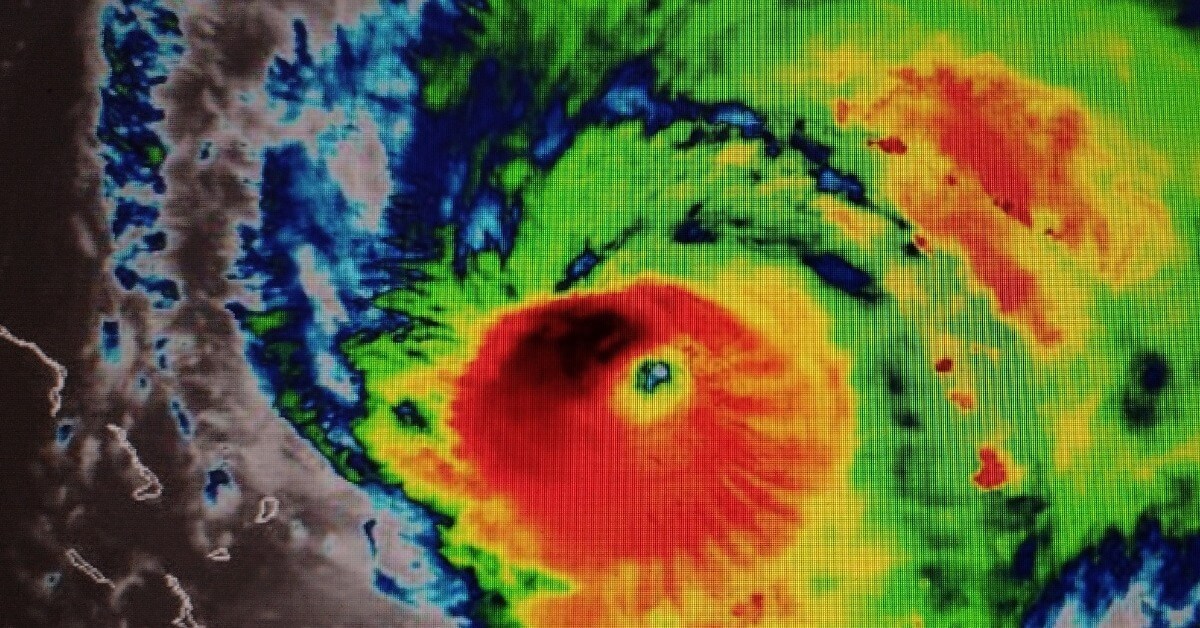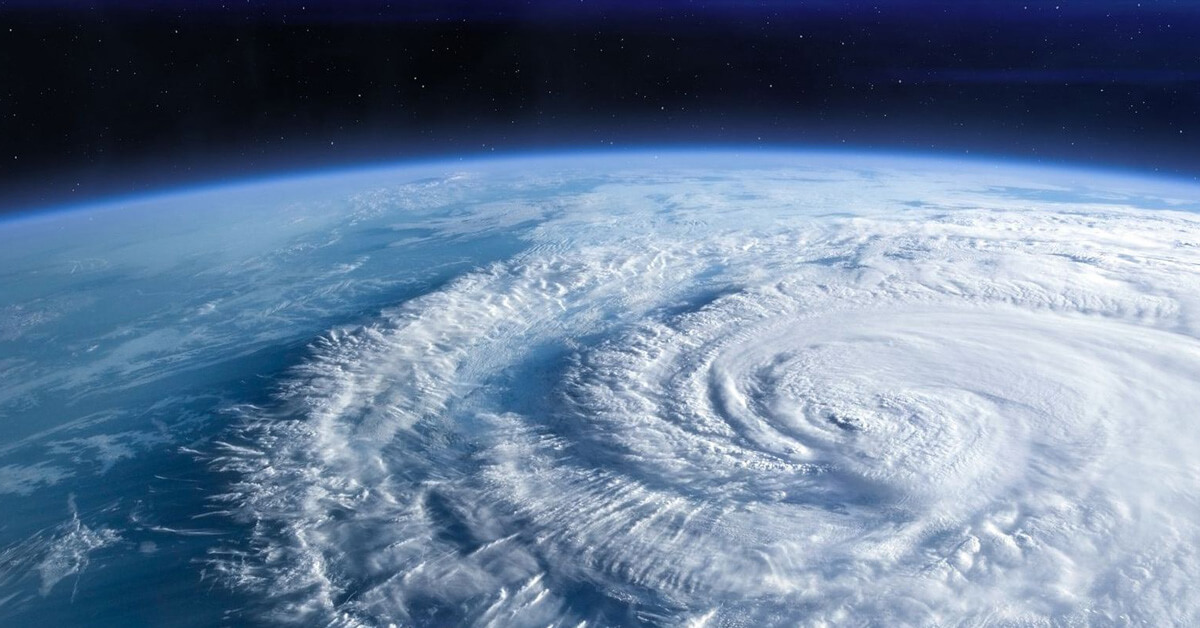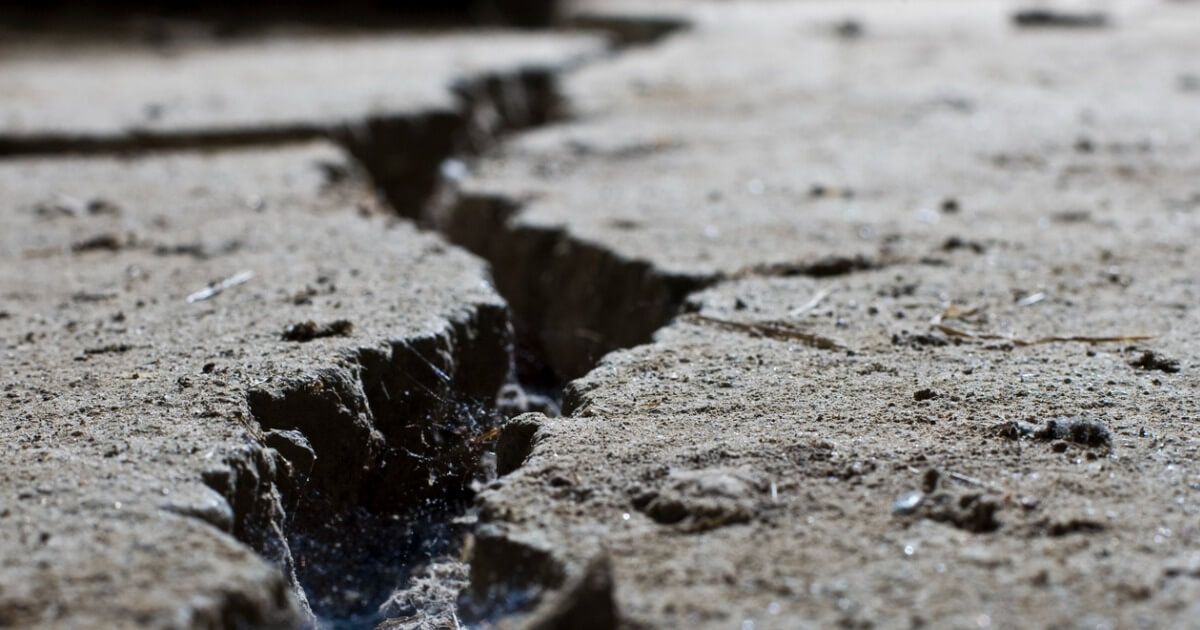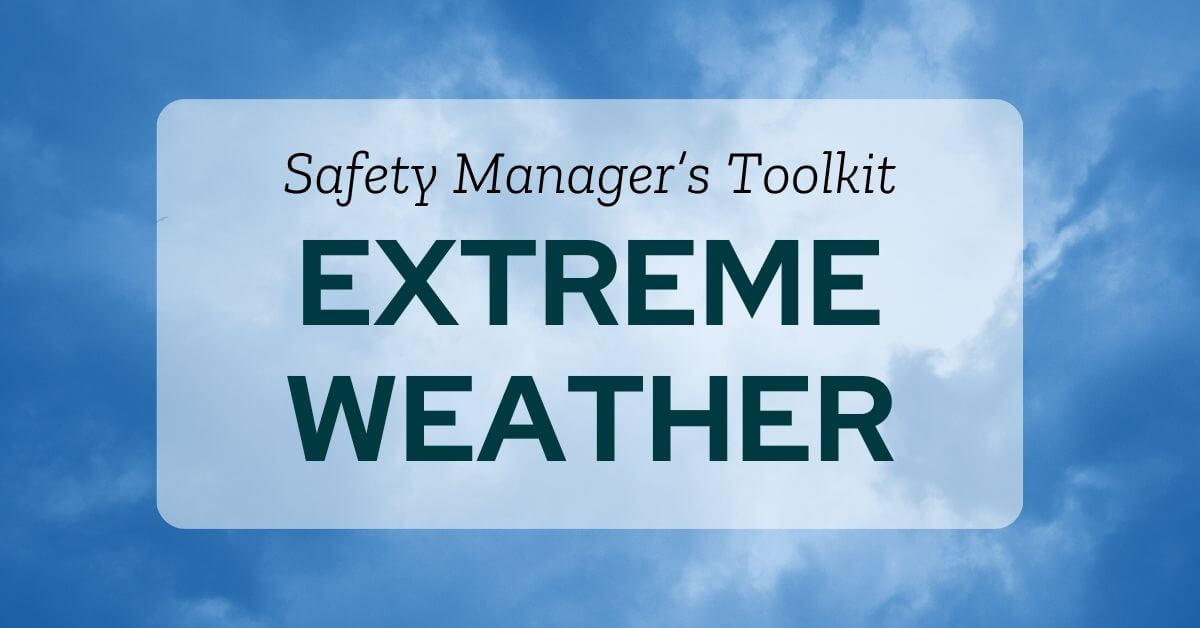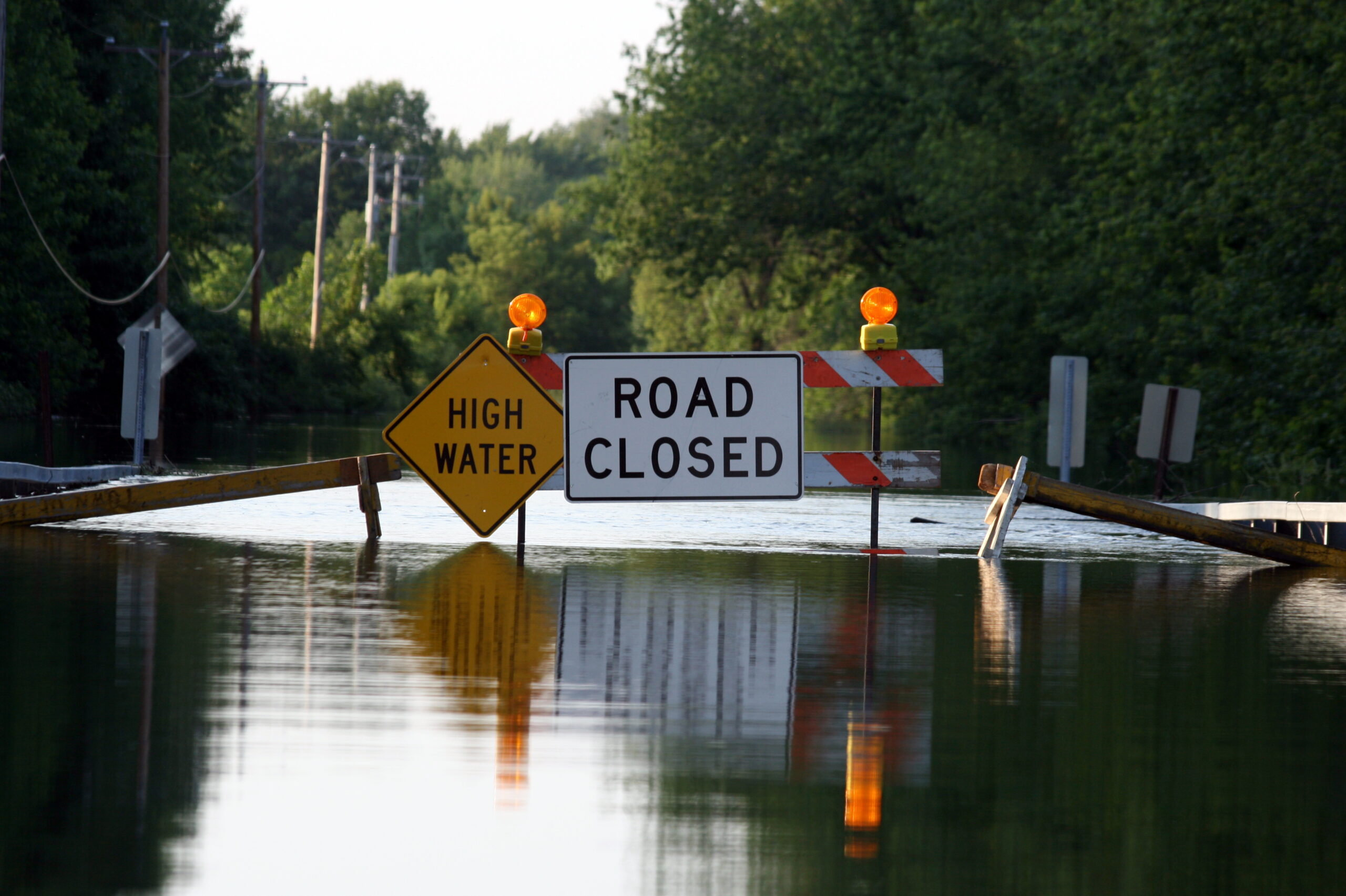Extreme weather events are becoming increasingly common across the globe, causing widespread damage and disrupting daily life. I’m writing this while thawing out from our latest ice storm, which knocked out power to thousands of people. While I personally made it through unscathed, it reminds me to remind you to ensure you’ve got your winter weather preparation plans in place.
So how do we prepare for winter storms, and weatherproof your facility? There are three keys to reducing the impact of winter weather events on your workforce. Let’s follow the three Ps we use for all extreme weather preparation:
Let’s dive into these three Ps
The First P
PLAN for Winter Weather
You need to have a plan in place.
This plan should outline how to prepare for and respond to winter weather events, including identifying potential threats, setting up communication systems, and developing an emergency action plan.
How do we plan for these events?
Knowledge of your geographic area and potential weather threats is a great way to start. Be weather-ready by checking the local radar regularly to see if there are threats in your area. Know your community communications and set up Emergency Alert System notifications on your cell phone, and/or purchase a NOAA weather radio.
Due to advancements in technology, weather forecasts tend to predict winter weather and frigid temperature days in advance. So it’s crucial to stay informed of local weather stations and take winter weather advisories seriously.
Winter Storm Watch vs. Winter Weather Advisory
A Winter Storm Watch signals the potential for significant winter weather within 24-48 hours, though timing and intensity remain uncertain. Safety managers should use this advance notice to review emergency plans, check supplies and equipment, test communication systems, and alert staff to possible schedule changes.
A Winter Storm Warning means severe winter conditions are occurring or imminent within 24 hours. Safety managers should immediately activate emergency procedures, implement work arrangement changes, ensure essential personnel are equipped, and establish clear communication channels, as conditions may become hazardous rapidly.
- Stay informed with local weather stations and take winter advisories seriously
- Power failure and fire hazards are known threats of severe winter weather
- Frost bite, hypothermia, and slip/fall incidents are potential health exposures from frigid temps
The Second P
PREPARE for Winter Weather
Why should we prepare for winter weather?
Besides the economic impact of potential widespread property damage, the most important reason to prepare for extreme weather is to protect community members.
In 2022, there were 15,122 winter weather events in the US. The NSC has a great deep dive into local winter weather details, including tips on frostbite prevention. – I’d recommend searching for your location to narrow down what you should be preparing for.
Develop an emergency response plan for extreme winter weather.
An emergency action plan facilitates and organizes employer and employee actions prior to, during, and after workplace emergencies.
- Develop your emergency action plan for potential weather threats that could impact your facility, focusing on actions designed to eliminate employee injury and reduce structural damage.
- Your plan should include appropriate employee training (documented at least annually), to ensure employees understand their responsibility outlined within the plan.
- The emergency action plan should be readily available to all employees and reviewed annually.
Weather-proof your facility
- insulate water lines
- Check the weather strip on doors and windows to prevent drafts during cold temperatures. windows
- verify adequate insulation
- cut away trees or branches that have the potential to fall
- have chimneys, flues, heaters, burners inspected and maintained
- ensure adequate ice melt is available and spread on outside walkways and evacuation routes to prevent slips and falls during cold temperatures
Check out this article on preparing your facility for winter weather.
Winter Fire Safety
Check all smoke detectors. Ensure your fire alarms and carbon monoxide detectors are functioning properly, especially during the winter months.
Using Portable Generators: Generator Safety is crucial during winter months to ensure you have power during severe weather conditions. Follow OEM instructions for use, maintenance, ventilation, and fueling.
Be Aware of Cold Stress Hazards
When monitoring for cold stress, observe workers closely for any shivering, which is often the first warning sign, and pay attention if they report numbness or tingling in fingers, toes, or face.
Watch for changes in workers’ physical coordination and movement speed, and note if anyone begins speaking unusually slowly or seems confused. Listen carefully when workers describe how they feel, particularly mentions of burning sensations or stinging in exposed areas.
Keep an eye out for visible changes in skin color, especially any bluish or grayish tones in extremities.
Most importantly, recognize that if someone stops shivering despite continued cold exposure or shows signs of extreme drowsiness, this requires immediate medical attention as these are signs of severe cold stress.
Gather an Emergency Kit
Make sure it includes items for cold temperatures and frostbite protection. Consider including items like a food and water supply, a first aid kit, clothing to stay warm, candles, a flashlight, batteries, and fire extinguishers.
Prepare Your Vehicles...and Your Drivers.
Check antifreeze, tires, heater, wiper blades, washer fluid, and fuel to prepare for cold temperatures. As part of your winter safety tips, ensure your vehicle is equipped with emergency flashers and a first aid kit. And make sure your employees are comfortable driving in winter conditions.
The Third P
PRACTICE Responding to Winter Weather
Who is in charge?
Employees need to know who the emergency coordinator is and understand that this person has the authority to make decisions during emergency events.
The coordinator is responsible for assessing the situation to determine whether an emergency exists and requires
- activating emergency procedures,
- overseeing emergency procedures,
- notifying and coordinating with outside emergency services, and
- directing shutdown of utilities or plant operations if necessary.
When should we practice our winter weather drills?
Your emergency action plan should have requirements for practice drills. Most plans require documented practice drills annually, or more frequently based on changes to the plan or if there is a change to the facility structure.
These practice drills provide great benefits, as they
- help to ensure employees are aware of the procedures,
- confirm the applicability and validity of the plan, and
- help illustrate deficiencies in the plan.
- Check supplies often and ensure you have an adequate amount
- Communicate with employees the protocols for winter weather and their ability to arrive at work safely
Winter weather events can be challenging, but we can tackle them head-on with a solid emergency action plan.
By staying informed and taking proactive steps, you can minimize damage and ensure the safety of our workforce and infrastructure.
Whether it’s by regularly checking the local radar, setting up emergency alerts, or running weather drills, there are plenty of ways to prepare for winter weather events.
Subscribe to the blog to get best practices for responding to extreme weather events. We’ll be posting a new article monthly.
With a little preparation, we can face any weather challenge with confidence.
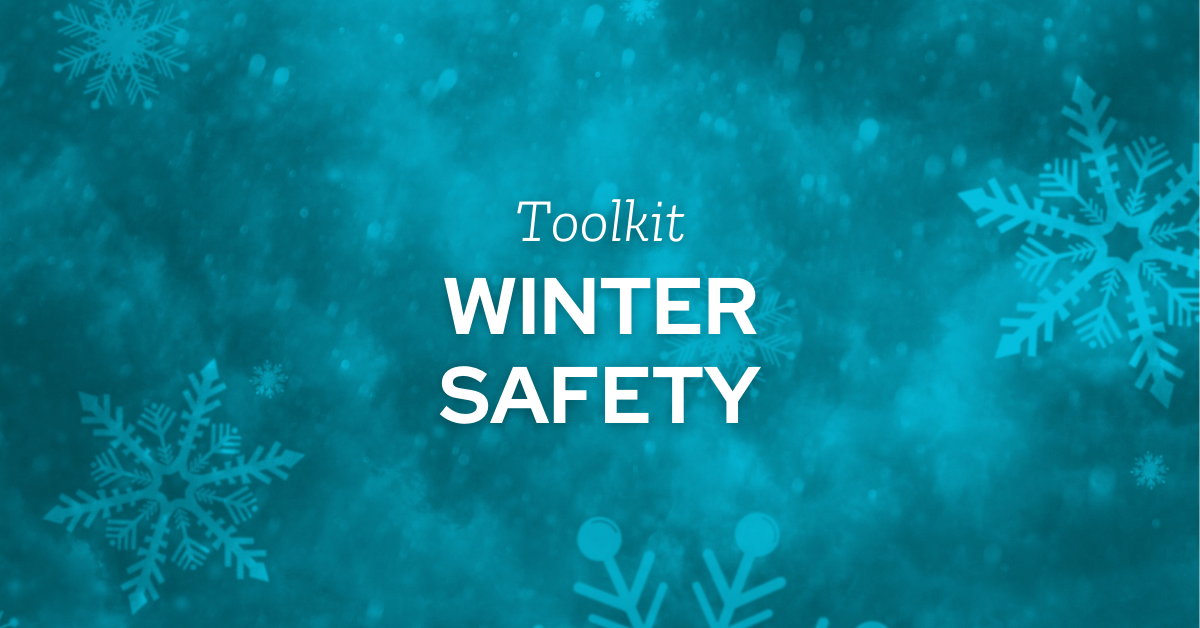
Yes, it’s that time of year again. Fall is ending, and to paraphrase Ned Stark: the cold season will soon arrive. (Doesn’t seem to have the same ring to it, huh?) We’ve collected some articles and resources to keep your people and places safe this winter.
Read the Latest Extreme Weather Articles
Related Content
Explore more comprehensive articles, specialized guides, and insightful interviews selected, offering fresh insights, data-driven analysis, and expert perspectives.

